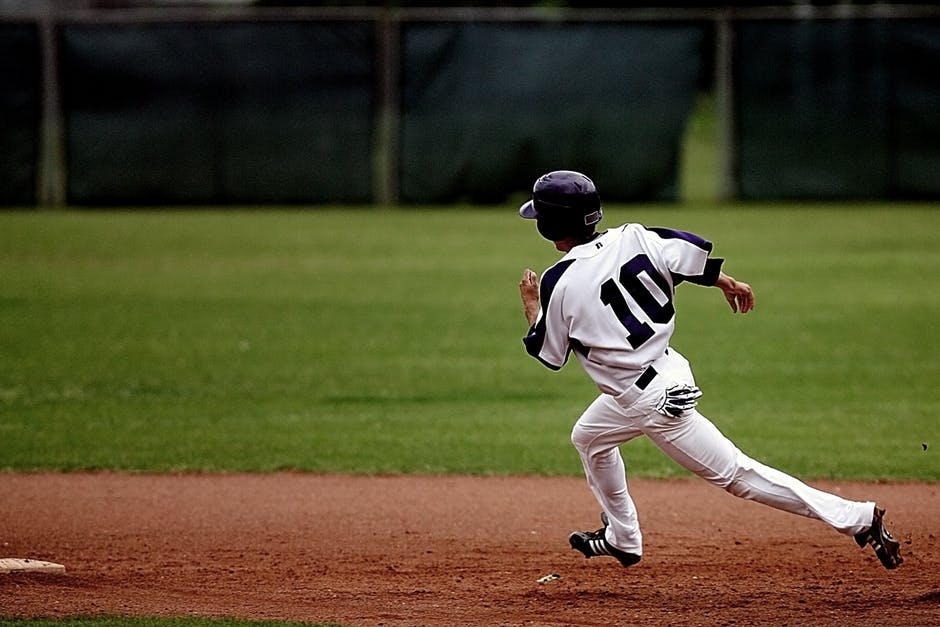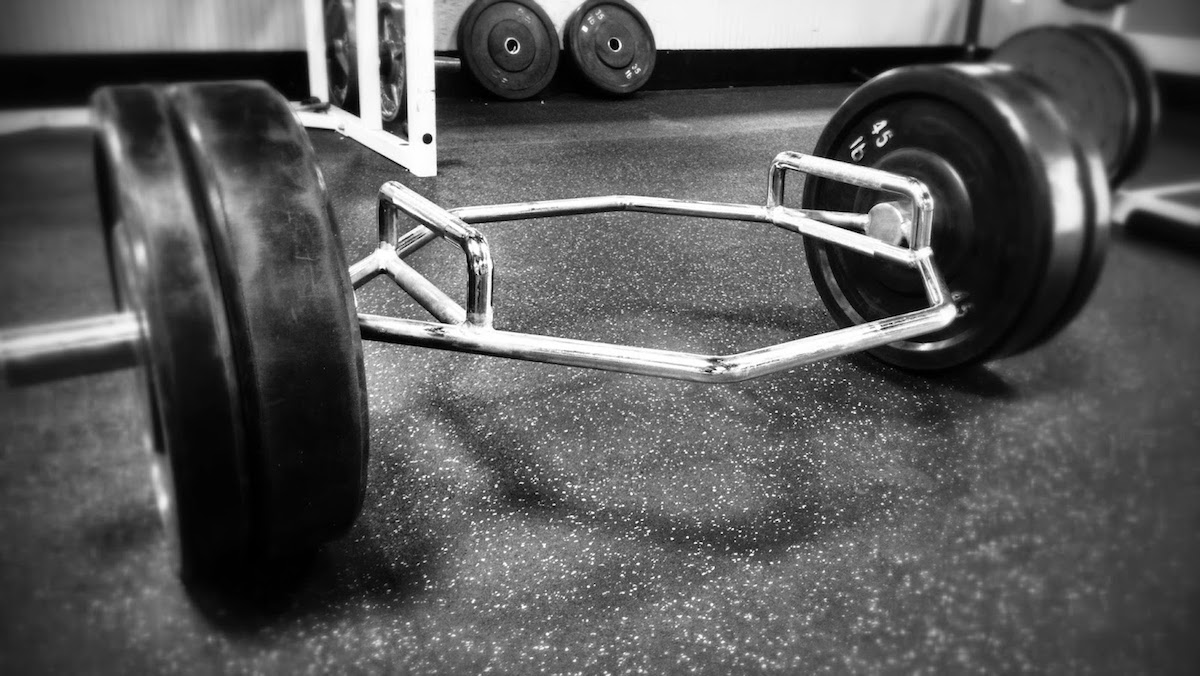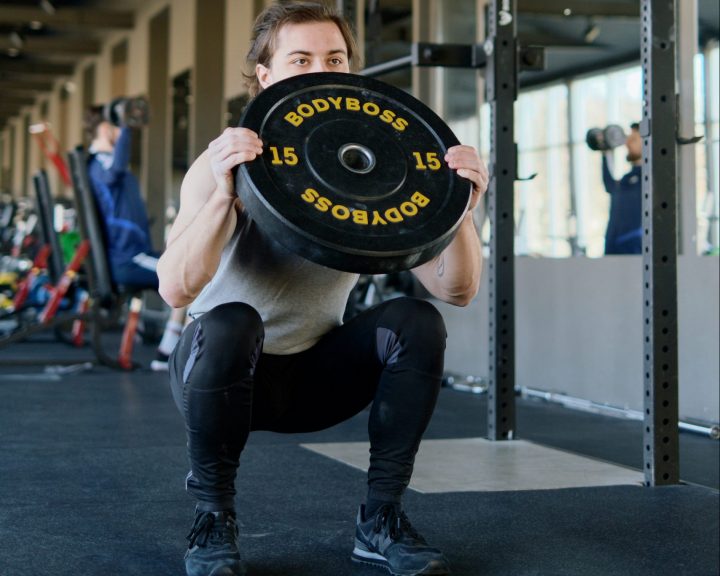For most athletic strength and conditioning programs, the squat exercise is the foundation of the program. Very few programs use the deadlift exercise extensively. Despite its popularity with powerlifters, there’s not a lot of research on the impact of the deadlift and improved performance.
Thompson et al, in the Journal of Strength and Conditioning Research, studied the effect of ten weeks of deadlift training on the torque generation ability of the knee and its impact on the vertical jump. During the study, college-aged men and women performed two sessions per week, for ten weeks, of deadlift training consisting of five sets of five repetitions.
Results:
- First, the study was effective at improving the subjects’ deadlifts. The male subjects increased the amount of weight they were training with by an average of 185%. Female subjects increased the amount of weight that they were training with by an average of almost 187%.
- Second, the rate of torque development increased by an average of almost 19-50% depending upon the time period evaluated.
- Finally, the vertical jump height increased by more than 7% during the ten weeks studied.
The authors also included a control group which did not train during the study. That group experienced a decrease in their rate of torque development and essentially no change in their vertical jump during the ten weeks of the study.
This is the first study that I’m aware of that examines the impact of deadlift training on the vertical jump and on the rate of torque development. Now, the results of the study have to be tempered by the fact that it is not looking at highly trained subjects (mean vertical jump height at the end of the study is 49 centimeters, mean training weight on the deadlift for males at the end of the study is 167% of bodyweight for five reps). I mention this because any consistent training program is going to have a positive impact on these variables for a relatively untrained subject.
Having said that, I’ve always wondered if the deadlift exercise would be enough to improve the vertical jump. This study used the conventional deadlift (i.e. feet shoulder-width apart, arms outside the thighs). The conventional deadlift relies a great deal on hip extension (i.e. strong glutes, hamstrings, and lower back muscles) for a large part of the lift, so it was not a given that this exercise will improve vertical jumping ability.
Thompson, B.J., Stock, M.S., Shields, J.E., Luera, M.J., Munayer, I.K., Mota, J.A., Carrillo, E.C., and Olinghouse, K.D. (2015). Barbell deadlift training increases the rate of torque development and vertical jump performance in novices. Journal of Strength and Conditioning Research, 29(1), 1-10.




